Shamanic Guide — More on Funnels (serious like)
Now you know, after that last post, there’s going to be some city slicker treehugger type that’s going to find this weblog and have an absolute conniption. Oh well. Some folks just don’t get the joke, do they? Then there’s the fellow (bless his heart) that’s going to take this all gospel and go out to Wally World tonight to get himself a nice shiny funnel, and a box of Morton’s.
I think it was Ray Knight that told me once that he’d come up with an idea for turkey hunting. He’d been hunting along the Ohio River, and heard all these gobblers going off all morning whenever a barge would set off its chimes in preparation for locking through. I used to hunt a ridge right above Markland Dam, and I knew just what he was talking about. Anyhow, he got the idea of coming out with the Knight and Hale shock gobbler kit. It was a small camo-covered air horn. Next season came around and here were all these fool hunters walking through the woods blasting air horns, trying to lure in turkeys. Ray said that was the worst idea he ever had and K&H stopped distributing the product immediately.
You know, I bet I could come up with a camo funnel and sell it on a website and people would buy it.
So what exactly is a funnel?
A funnel is a structure that constricts deer movement to a small area. It’s that simple. Let’s say you have a long fence with one hole in it. The deer go through at that hole. That’s a funnel.
Fences act like funnels, the holes constrict their movement, and deer also travel along fences.
A point of trees going into a field is a funnel. Deer will travel in that point to get in and out of the field, or to cross it.
At creeks and gullies, it’s the easiest way across that makes the funnel.
How do you find a funnel? Figure out where the deer sleep. Figure out where they are eating and watering. Now take a walk along the easiest route between the two. The place where they are least likely to stray from a straight line is the funnel.
Example1: I have a large creeks on either side of my main ridge. There is one saddle that cuts 50 feet of elevation from the trip between the two creek bottoms. If deer want to move between the two, there’s about a 200 yard wide patch of old white oaks that they will travel through. It’s easy and there’s a snack on the way. All deer on my property go across that saddle at least once a day.
Example 2: I have a wooded creekbed that cuts into my largest pasture a good 200 yards further than anywhere else. If deer want to cross the pasture under cover, they come up that creek. From there, it’s only 50 yards to the other side.
Example 3: I have 3 fence lines that meet at one barn. I have purposely broken down those fence lines at the barn. I call the place Broken Corners. Since I cut the barbed wire, the deer have adjusted their movement. Instead of crossing just anywhere, they can come through all three fences at once.
Example 4: This one’s subtle, so hold on. I’ve found a trail at the farm that makes no sense at all, but it’s one of the most traveled deer trails on the place. It comes up out of the creek bottoms and kind of winds around a hillside before coming out in a grove of cedars. It took walking it to figure out—it’s just the easiest way to get from the creek up to the cedars. If you try and go any other way, you run into steep spots that will get you puffing. Deer are lazy just like us. They want the easiest way possible.
This post has already been read 2626 times!
Views: 2
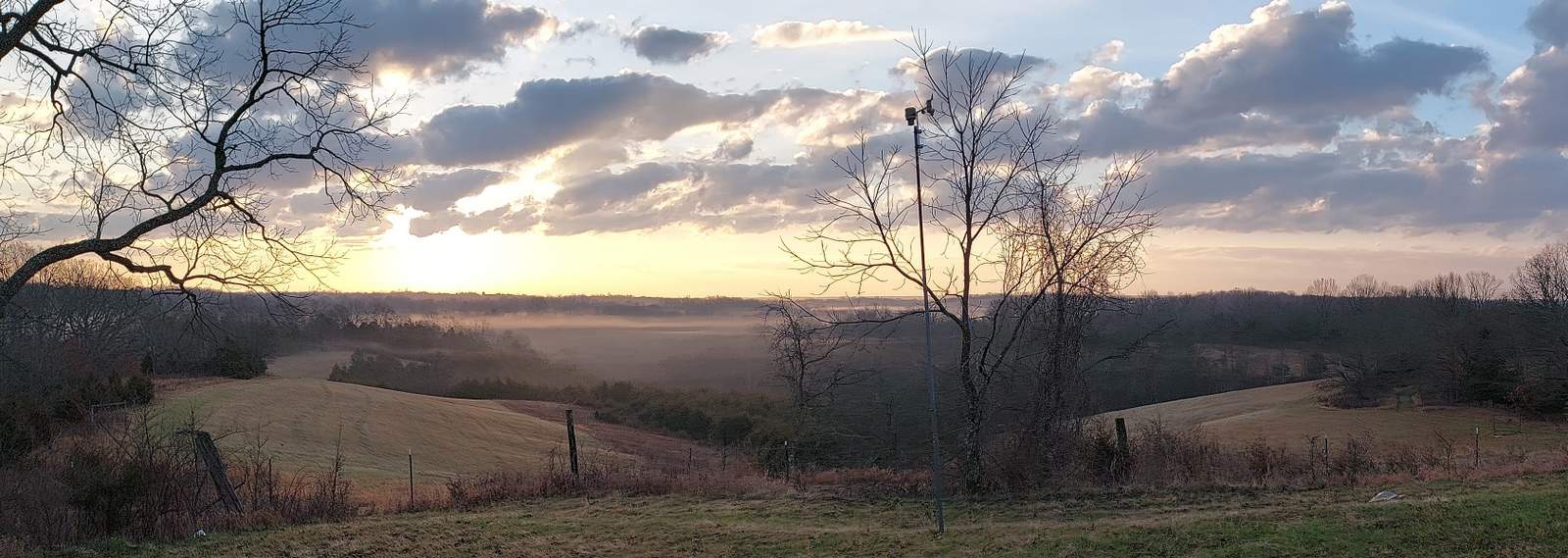
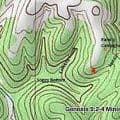

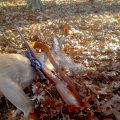



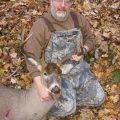
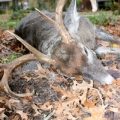
Comments
Shamanic Guide — More on Funnels (serious like) — No Comments
HTML tags allowed in your comment: <a href="" title=""> <abbr title=""> <acronym title=""> <b> <blockquote cite=""> <cite> <code> <del datetime=""> <em> <i> <q cite=""> <s> <strike> <strong>